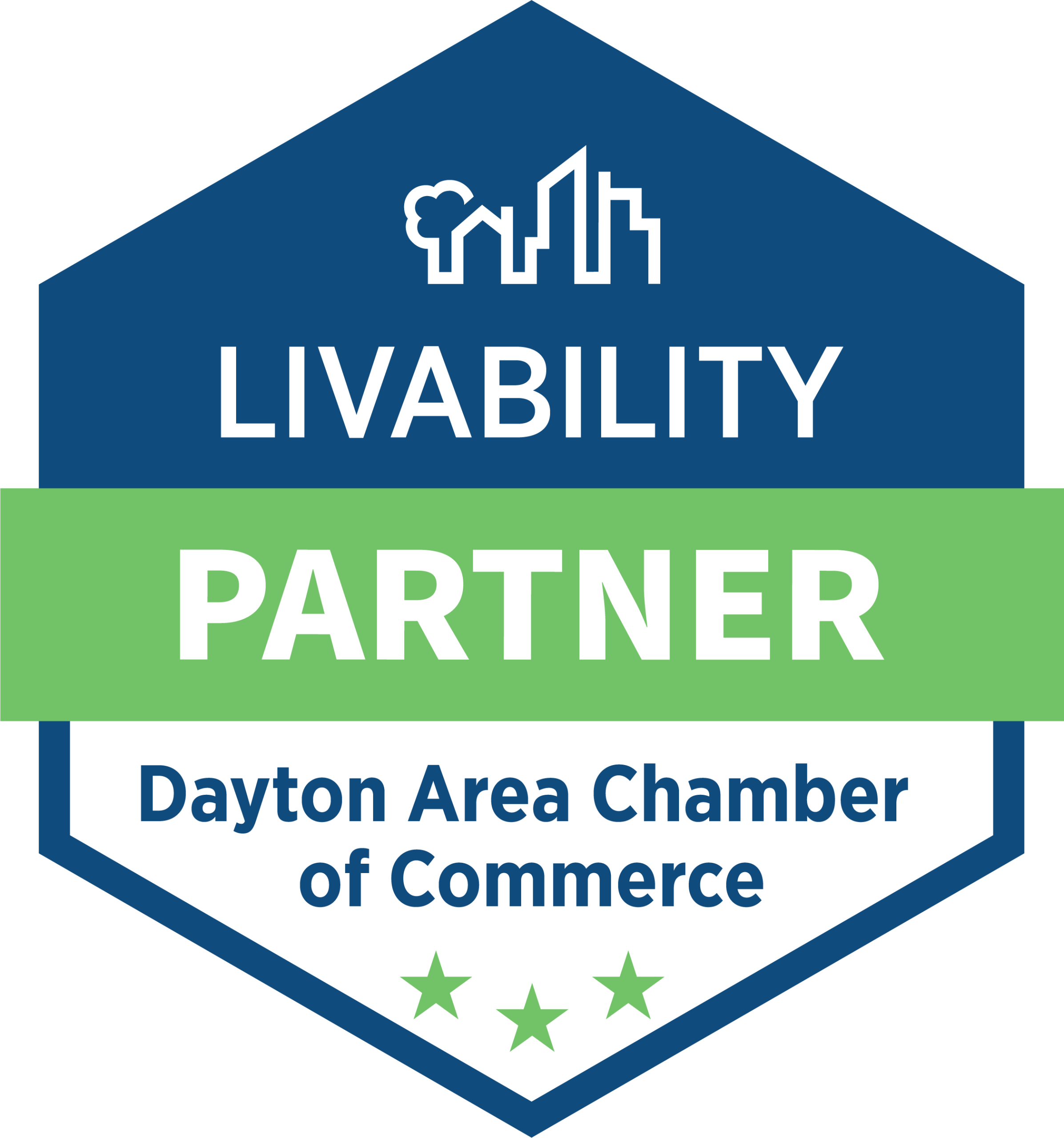Navigating Ohio’s workers’ compensation system
SEDGWICK WORKERS’ COMP UPDATE – August 5, 2024
For most employers, workers’ compensation is one of a thousand items that require their attention daily. Most workers’ compensation professionals will tell you that the best injury is one that never happens. The reality is that there are 257,000 private and public Ohio employers incurring approximately 67,432 allowable injuries in 2023. (Source: Ohio Bureau of Workers Compensation 2023 Annual Report).
Managing a workers’ compensation program can be simplified by implementing a few standardized processes that will make it easier for you to minimize lost days, control your costs and maintain productivity in your business.
Early Claim Intervention
Having a standardized injury reporting process and claim investigation mandate in place before an injury happens means that you will have tools at your disposal to quickly analyze what happened, is it work related and are there any red flags that will lead you to contest the claim.
Your Managed Care Organization (MCO) can provide your company with guidance on any questions related to injury reporting and seeking BWC (Bureau of Workers Compensation) authorized provider medical treatment. The injured worker will need to complete a First Report of Injury (FROI), which is the BWC form required for filing a claim application. It is also a good best practice to have your employee complete a supplemental accident report that is specific to your work environment and expands on some of the important questions that arise during an injury investigation, such as – were there any witnesses? Did you immediately notify your supervisor?
Minimizing Claim Costs
Once a claim application is filed with the BWC, things begin to move quickly and your window of opportunity to minimize the impact is small. The most common type of compensation is Temporary Total (TT). This is when the BWC pays the injured worker a portion of their regular pay to cover their lost wages while recovering from an allowed injury.
If you are not contesting the claim or its compensability, your focus should move to helping your injured workers get the necessary treatment they need to quickly return to full duty employment.
If you can accommodate a return to light duty while the treatment moves forward, then making a light duty job offer will prevent the claim from flipping from “medical only” to “lost time”. It will also keep your injured worker from getting used to being off work because of the injury. If light duty is not an option, then another path is to pay the claimant their regular wages – also known as salary continuation – while they are off work.
Other Cost Containment Options
When a claim is allowed the BWC attaches a reserve to estimate and cover future costs. There are several ways to minimize the impact a reserve has on your annual premiums:
Settlement – the most effective way to close a claim and prevent future costs from being applied is to negotiate a full and final settlement with the injured worker. The settlement amount is paid out of the claim by the BWC, the cost is added to the overall claim cost and the injured worker receives monies in lieu of future treatment and compensation.
Disability Relief – The BWC currently has a program in place to recognize pre-existing conditions that negatively impact the allowed conditions or the injured worker’s recovery from the allowed condition. The BWC will hold an informal conference with the employer/Third Party Administrator (TPA) to review the application and the medical that supports the request and then will determine an impact percentage between 0% and 100%. This percentage relates to the amount of “relief” the employer will receive due to filing a successful application.
Subrogation/No Fault MVA (Motor Vehicle Accident) – When a third-party is the cause of a workplace injury there may be relief that can be pursued to offset the cost of the claim. The most common example is an employee’s claim that is the result of a non-at-fault vehicle accident involving a third party.
Navigating the workers’ compensation system can feel frustrating and at times complicated, but with your MCO and TPA partners you have access to subject matter experts that can make your job easier and keep your premiums down.
If you have any questions, contact our Sedgwick program manager, Julia Bowling at julia.bowling@sedgwick.com or ph 513-218-4062.









